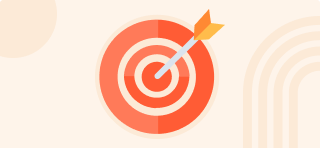-

Every Team Should Know Its Earned Media Value — Here's Why
Don’t buy attention. Earn it. See expert tips, strategies, and results from real brands.
Jenny Romanchuk
4/23/25
-

Level Up Your Content Marketing Funnel — Here’s How I Make the Right Content for...
Build a content marketing funnel that provides value, builds trust, and guides customers t...
Kiran Shahid
4/23/25
-

16 Social Media Video Examples to Inspire Your Next Video Marketing Campaign
I’ve gathered 16 social media video examples across four of the most popular platforms tha...
Erica Santiago
4/23/25
-

Main Character Energy: What Black Panther Can Teach You About Inclusive Marketin...
Sonia Thompson, founder of Inclusion & Marketing, says that inclusive marketing isn't abou...
Laura M. Browning
4/22/25
From HubSpot's video library
-
.jpg?height=240&name=YT-237_A%20(1).jpg)
How to Start Affiliate Marketing With No Experience or Money (4 Free Tools!)
-

How Airlines Really Make Money | Hustlenomics | The Hustle
-
.jpg?height=240&name=IMG_0735%20(1).jpg)
What Entrepreneurs Can Learn From Native Deodorant
-

Meet the Designer Behind the Iconic Nudie Suit | Unknown Empires
-

Tips For Elevating Your Next Go-To-Market Strategy (+ Free Templates)
-

Why T-Mobile Trademarked This Color | The Hustle
-
.jpg?height=240&name=YT-237_A%20(1).jpg)
How to Start Affiliate Marketing With No Experience or Money (4 Free Tools!)
-

How Airlines Really Make Money | Hustlenomics | The Hustle
-
.jpg?height=240&name=IMG_0735%20(1).jpg)
What Entrepreneurs Can Learn From Native Deodorant
-

Meet the Designer Behind the Iconic Nudie Suit | Unknown Empires
-

Tips For Elevating Your Next Go-To-Market Strategy (+ Free Templates)
-

Why T-Mobile Trademarked This Color | The Hustle
-
.jpg?height=240&name=YT-237_A%20(1).jpg)
How to Start Affiliate Marketing With No Experience or Money (4 Free Tools!)
-

How Airlines Really Make Money | Hustlenomics | The Hustle
-
.jpg?height=240&name=IMG_0735%20(1).jpg)
What Entrepreneurs Can Learn From Native Deodorant
-

Meet the Designer Behind the Iconic Nudie Suit | Unknown Empires
-

Tips For Elevating Your Next Go-To-Market Strategy (+ Free Templates)
-

Why T-Mobile Trademarked This Color | The Hustle
-

10 SaaS Onboarding Best Practices to Ensure Your Customers' Success
Through leading client platform training sessions and demos, I developed 10 key practices ...
Diego Alamir
4/15/25
-

Customer Profiling in 10 Easy Steps [+ Templates]
In this article, I’ll explore customer profiling, explain why it’s important, and provide ...
Diego Alamir
4/14/25
-

22 Customer Touchpoints That Will Optimize Your Customer Journey
Learn everything you need to know about customer touch points, including what they are and...
Clint Fontanella
4/11/25
-

How I Write Effective Knowledge Base Articles [+Templates]
This guide will walk you through everything you need to know to leverage knowledge bases f...
Diego Alamir
4/10/25
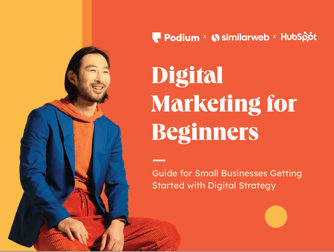
An Introduction to Digital Marketing
Learn the basics of digital marketing and explore different ways to reach your ideal customer.
-

What Is a Joint Venture? [+ How It Can Grow Your Business]
Learn how a joint venture can benefit your business with a strategic partnership where two...
Saphia Lanier
4/23/25
-

What’s the Difference Between Sales and Marketing? A Simple & Easy Primer
Discover the difference between marketing and sales in terms of planning, goals, and strat...
Dagny Dukach
4/23/25
-

How To Sell Your Business and Make a Successful Exit
From valuation to closing the deal — your step-by-step guide to selling a business success...
Sara Friedman
4/23/25
-

The Email Sequence That Earned Us $100,000 in 30 Days
Discover the process and tools that worked for us so you can build your own high-convertin...
Matthew Scott
4/22/25
From the HubSpot Podcast Network
-
Business Made Simple

Your Website Probably Stinks—Here’s How to Fix It!
-
The Science of Scaling

How to Scale a Billion Dollar Sales Team w/ John McMahon (Board Member, Snowflake)
-
Truth, Lies and Workplace Culture
-2.png?height=240&name=PodcastCovers23%20(1)-2.png)
From Bystander to Ally: How to Avoid DEIB Washing
-
Imperfect Action
-2.png?height=240&name=PodcastCovers23%20(4)-2.png)
The art of the post-launch review: 5 questions to make your next launch a success
-
Latinx In Power
.png?height=240&name=PodcastCovers23%20(6).png)
Harnessing the Power of Silence in Negotiation with Diana Kleps
-
The Sales Evangelist

5 Ways To Do Daily Outbound With LinkedIn
-
Business Made Simple

Your Website Probably Stinks—Here’s How to Fix It!
-
The Science of Scaling

How to Scale a Billion Dollar Sales Team w/ John McMahon (Board Member, Snowflake)
-
Truth, Lies and Workplace Culture
-2.png?height=240&name=PodcastCovers23%20(1)-2.png)
From Bystander to Ally: How to Avoid DEIB Washing
-
Imperfect Action
-2.png?height=240&name=PodcastCovers23%20(4)-2.png)
The art of the post-launch review: 5 questions to make your next launch a success
-
Latinx In Power
.png?height=240&name=PodcastCovers23%20(6).png)
Harnessing the Power of Silence in Negotiation with Diana Kleps
-
The Sales Evangelist

5 Ways To Do Daily Outbound With LinkedIn
-
Business Made Simple

Your Website Probably Stinks—Here’s How to Fix It!
-
The Science of Scaling

How to Scale a Billion Dollar Sales Team w/ John McMahon (Board Member, Snowflake)
-
Truth, Lies and Workplace Culture
-2.png?height=240&name=PodcastCovers23%20(1)-2.png)
From Bystander to Ally: How to Avoid DEIB Washing
-
Imperfect Action
-2.png?height=240&name=PodcastCovers23%20(4)-2.png)
The art of the post-launch review: 5 questions to make your next launch a success
-
Latinx In Power
.png?height=240&name=PodcastCovers23%20(6).png)
Harnessing the Power of Silence in Negotiation with Diana Kleps
-
The Sales Evangelist

5 Ways To Do Daily Outbound With LinkedIn
-

How to Add a Parallax Scrolling Effect to Your Website [Examples]
Learn everything you need to know about parallax scrolling, from what it is to how to crea...
Clinton Joy
4/23/25
-

20 Best WYSIWYG HTML Editors for 2025
Discover the best WYSIWYG HTML editors that can speed up how you build and edit your websi...
Maddy Osman
4/22/25
-

UX Content Strategy: Real-Life Examples + Steps to Create Yours
Discover how to create a user-centered content strategy that boosts engagement and convers...
Clint Fontanella
4/17/25
-

16 Website Metrics to Track for Growth in 2025 and Beyond
Discover 16 essential website metrics for growth this year and beyond. Learn how to track ...
Jamie Juviler
4/17/25
-

How to Build A Google Site That Looks Good and Drives Business [+ Templates & Ex...
Follow this Google Sites tutorial to create a free, professional website. Perfect for pers...
Allie Decker
4/16/25
-

How to Code a Website for Free in 8 Easy Steps
Learn how to code a website. We cover HTML, CSS, site responsiveness, and site interactivi...
Clinton Joy
4/15/25
Explore more topics
Ready to brush up on something new? We've got more to read right this way.

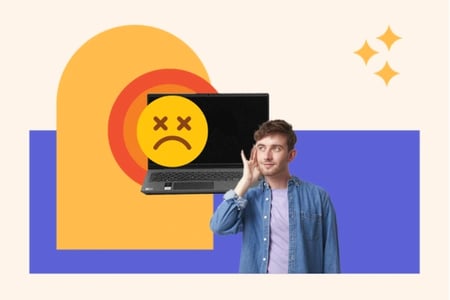
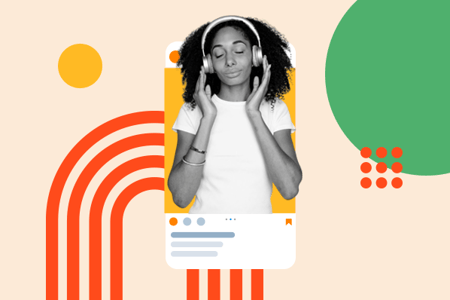
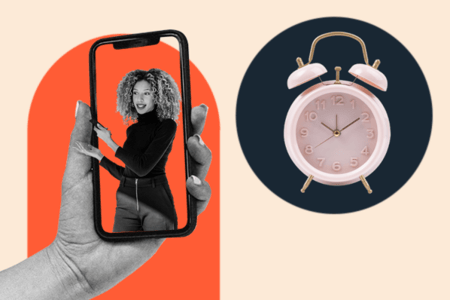
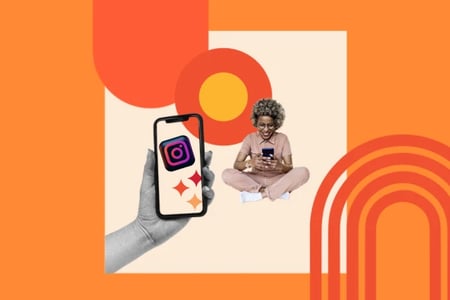

.png)
